Agronomy: Webinar: IFCA Video – Weed Management Techniques
The Illinois Fertilizer & Chemical Association's Annual Convention took place from January 19-21 in Peoria. The IL CCA and NREC session featured the presentation Weed Management Techniques from Mark Bermards, Ph.D. We captured the presentation and the recording is available below. 0.5 CEUs in Integrated Pest Management are available for this webinar. Visit the Certified Crop Adviser website to self-report your credit after viewing the webinar recording.
Agronomy: Are Pop-Ups or Starters Really Needed for Soybean?
Pop-Ups or In-Furrow fertilizers are typically used on corn to supply a small quantity of N (Nitrogen) and P (Phosphorus) or micronutrients. This N and P is used for early season plant vigor or to satisfy a need determined by low soil tests. Nitrogen and K (Potassium) have a high salt index and should not be used in a pop-up situation or in limited quantities. Greater salt injury can occur in sandy or dry soils and less injury in clayey or wetter soils. Products like urea, UAN solutions and ammonium thiosulfate should not be used in a pop-up situation. Years [...]
Agronomy: Webinar: IFCA Video – Testing the IL Nutrient Reduction Strategy
The Illinois Fertilizer & Chemical Association's Annual Convention took place from January 19-21 in Peoria. The IL CCA and NREC session featured the presentation Testing the IL Nutrient Reduction Strategy with Bioreactors and Nitrogen Management Systems from Lowell Gentry. We captured the presentation and the recording is available below. 0.5 CEUs in Soil and Water Management are available for this webinar. Visit the Certified Crop Adviser website to self-report your credit after viewing the webinar recording.
Insect Management: The Reality of Neonics as a Seed Treatment
Soybean seed treatments now routinely include a fungicide (usually 2 or 3) and an insecticide. The most common insecticides used come from the neonicotinoid chemistry family. The question circulating the past year is: Does this insecticide add any value and is it really needed? The EPA released a paper stating that in their survey of data it did not add any economic value and its use should be discontinued. So twelve Corn Belt universities set out to “review the current research regarding the efficacy of these neonicotinoid seed treatments, their non-target effects, and the potential role for neonicotinoid seed treatments [...]
Agronomy: Webinar: IFCA Video – Ag Drainage in Illinois: Past, Present and Future
The Illinois Fertilizer & Chemical Association's Annual Convention took place from January 19-21 in Peoria. The IL CCA and NREC session featured the presentation Ag Drainage in Illinois: Past, Present and Future from Laura Christianson. We captured the presentation and the recording is available below. 0.5 CEUs in Soil and Water Management are available for this webinar. Visit the Certified Crop Adviser website to self-report your credit after viewing the webinar recording.
Agronomy: Seedbed Stories – When to Plant
In recent years our idea of “optimal” soybean planting dates in Illinois has shifted earlier. Researchers and farmers pushing the envelope looking for higher soybean yields have observed early planted soybeans have more yield potential. Greater yield potential comes as a result of more main stem nodes and a more fully developed canopy capable of capturing more sunlight in June and early July. So, you may be asking… What is early? How early is too early? What are the risks vs. rewards of early planting? Can I afford to be equipped to plant corn and soybeans at the same time? [...]
Agronomy: Webinar: IFCA Video – Nitrogen and Rain in 2015: Did the corn use it or lose it?
The Illinois Fertilizer & Chemical Association's Annual Convention took place from January 19-21 in Peoria. The IL CCA and NREC session featured the presentation Nitrogen and Rain in 2015: Did the corn use it or lose it? from Emerson Nafziger. We captured the presentation and the recording is available below. 1 CEU in Nutrient Management is available for this webinar. Visit the Certified Crop Adviser website to self-report your credit after viewing the webinar recording.
Agronomy: PODCAST: Soybean Fertility Needs
Terry Wyciskalla, Soy CCA Envoy from Southwest Illinois, discusses how the soil fertility needs differ between soybeans and corn. Soybeans require higher potassium levels in the soil and less phosphate. A higher pH between 6.5 and 6.8 is ideal for soybeans as well, whereas corn can still thrive on a lower soil pH. All of these factors are important for farmers to consider as they head into the 2016 growing season. Launch audio>>> Terry Wyciskalla is an independent crop and soils consultant based out of Nashville, Illinois. He specializes in soil sampling, fertility recommendations, precision ag services and crop [...]
Agronomy: Webinar: IFCA Video – 4R Nutrient Management
The Illinois Fertilizer & Chemical Association's Annual Convention took place from January 19-21 in Peoria. The IL CCA and NREC session featured the presentation 4R Nutrient Management: Training on 4R Performance Objectives from Bill Simmons, Ph.D. We captured the presentation and the recording is available below. Three CEUs in Nutrient Management are available for this webinar. Visit the Certified Crop Adviser website to self-report your credit after viewing the webinar recording.
Agronomy: Entering the 2016 Yield Challenge
It is time to be thinking about enrolling in the 2016 Soybean Yield Challenge and there are plenty of categories to get involved in. The Illinois Soybean Association’s 2016 Yield Challenge categories are the same for 2016 as for 2015—both an ultimate yield contest and side-by-side comparisons. Generating higher yields from your soybean acres is critical to your bottom line, whether it is by achieving higher raw yields or by measuring yield increases and profits against your traditional practices. The availability of new opportunities, along with tighter profit margin conditions, warrants a renewed focus on how to select the [...]

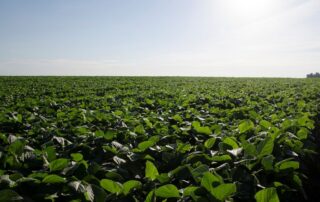
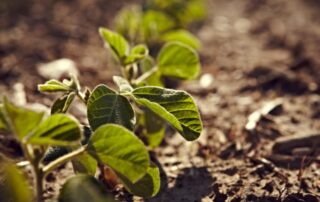
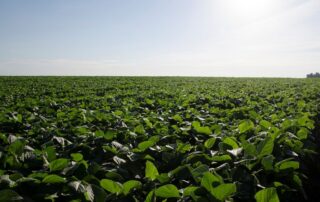
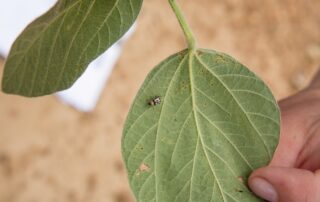
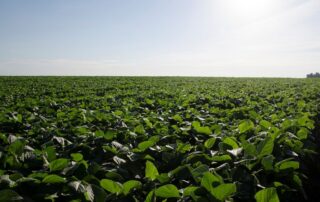
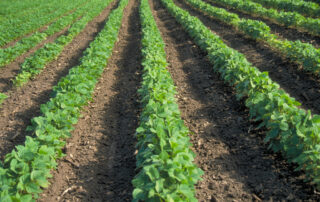
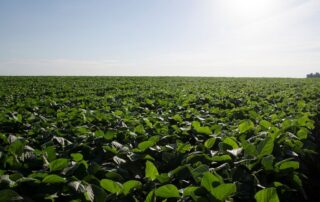
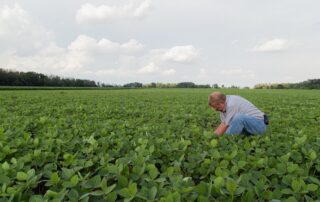
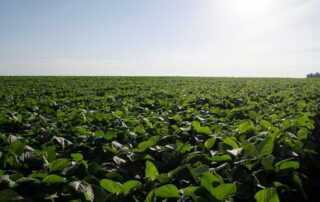
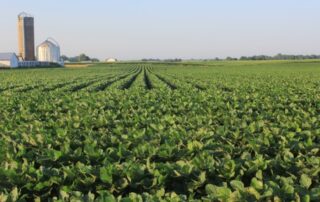



 and then
and then